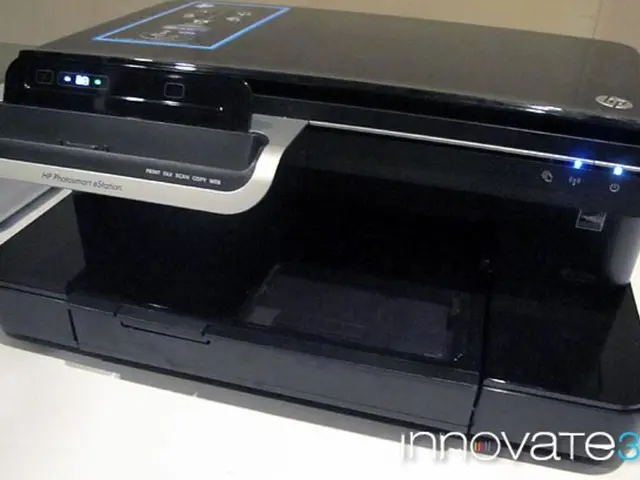Top Visual Testing Tools of 2025
In the rapidly evolving digital landscape of 2025, visual testing has become an indispensable quality assurance element for businesses prioritising user experience (UX). This shift is driven by the recognition that high-quality visuals not only enhance user satisfaction but also foster higher brand loyalty and better user engagement.
Leading the charge in this field is Applitools, a visual testing platform that delivers automation to quality assurance processes using AI and no-code methods. Applitools excels at catching small visual bugs and supports major automation frameworks such as Selenium, Appium, and Cypress. It offers a fast cross-browser testing grid, detailed visual reports, and seamless CI/CD integration, making it the best AI-powered visual testing tool available [4].
Percy, another popular tool, focuses on automated screenshot capture and visual diffing. It integrates tightly with CI/CD pipelines and supports web and mobile applications via App Percy. Percy allows teams to catch visual regressions early in development and works across GitHub, GitLab, Bitbucket, Jenkins, CircleCI, and more [1][3].
For teams already using Cypress as their testing framework, Cypress Visual Regression offers an extension that adds visual regression capabilities via snapshot comparison. This integration minimises the learning curve and ensures a smooth transition into visual testing [3].
Galen Framework, an open-source visual testing solution, specialises in layout and responsive design verification. It uses a human-readable specification language (Galen Specs) to define UI element positioning across screen sizes and integrates with Selenium for cross-browser tests. Galen is well-suited for validating consistency in responsive web and mobile designs [5].
Needle, an open-source visual regression tool, performs layout comparisons using baseline images. It supports multiple viewport sizes and uses image comparison libraries like ImageMagick. Needle is user-friendly and accessible for beginners looking for a straightforward visual testing setup [5].
Diffy, a lightweight visual regression testing application, performs cloud-based screenshot comparisons between different application versions. It automatically compares screenshots to find visual regressions and offers a simple user interface with no complicated installation process [2]. Diffy is perfect for testing staging and production environments.
In summary, these tools collectively cover a wide range of visual testing needs—from AI-powered UI validation and cross-platform support to integration with popular frameworks and open-source solutions for layout verification [1][3][4][5]. Applitools and Percy stand out for enterprise-grade AI and automation, while Galen and Needle offer strong open-source options for responsive design and layout testing.
| Tool | Strengths | Target Use Case | Integration | |--------------------|----------------------------------------------|----------------------------------------|-------------------------| | Applitools | AI-powered, cross-browser/device visual testing | Enterprise UI/UX consistency | Selenium, Cypress, CI/CD | | Percy | Automated screenshots, mobile & web support | Early visual regression in CI/CD pipelines | GitHub, Jenkins, Bitbucket | | Cypress Visual Regression | Seamless Cypress integration, snapshot diffing | Teams using Cypress e2e testing | Cypress | | Galen Framework | Responsive layout, open-source, specification language | Layout and responsive design testing | Selenium | | Needle | Simple open-source regression, beginner-friendly | Basic visual regression with image baselines | Local storage |
In addition to these tools, TestGrid is an AI-powered platform that provides end-to-end testing capabilities for mobile app development and web applications. Visual testing complements functional testing as it ensures all visual elements such as fonts, colors, and images work as intended. The user experience market holds a value of USD 46.8 billion in 2024, and analysts predict it will reach USD 54.93 billion by 2032 [6]. Visual testing functions as a method to verify that UI designs look good and are uniform across all platforms.
- With the rise of advanced technology and the increasing emphasis on user experience (UX), frameworks like Selenium, Appium, and Cypress are being supplemented with visual testing tools such as Applitools and Percy, which utilize AI to deliver high-quality visuals and catch even the smallest bugs.
- As the user experience market continues to grow, visual testing solutions like TestGrid become increasingly vital for businesses, ensuring that UI designs look good and maintain uniformity across all platforms, contributing to higher user satisfaction and brand loyalty.




